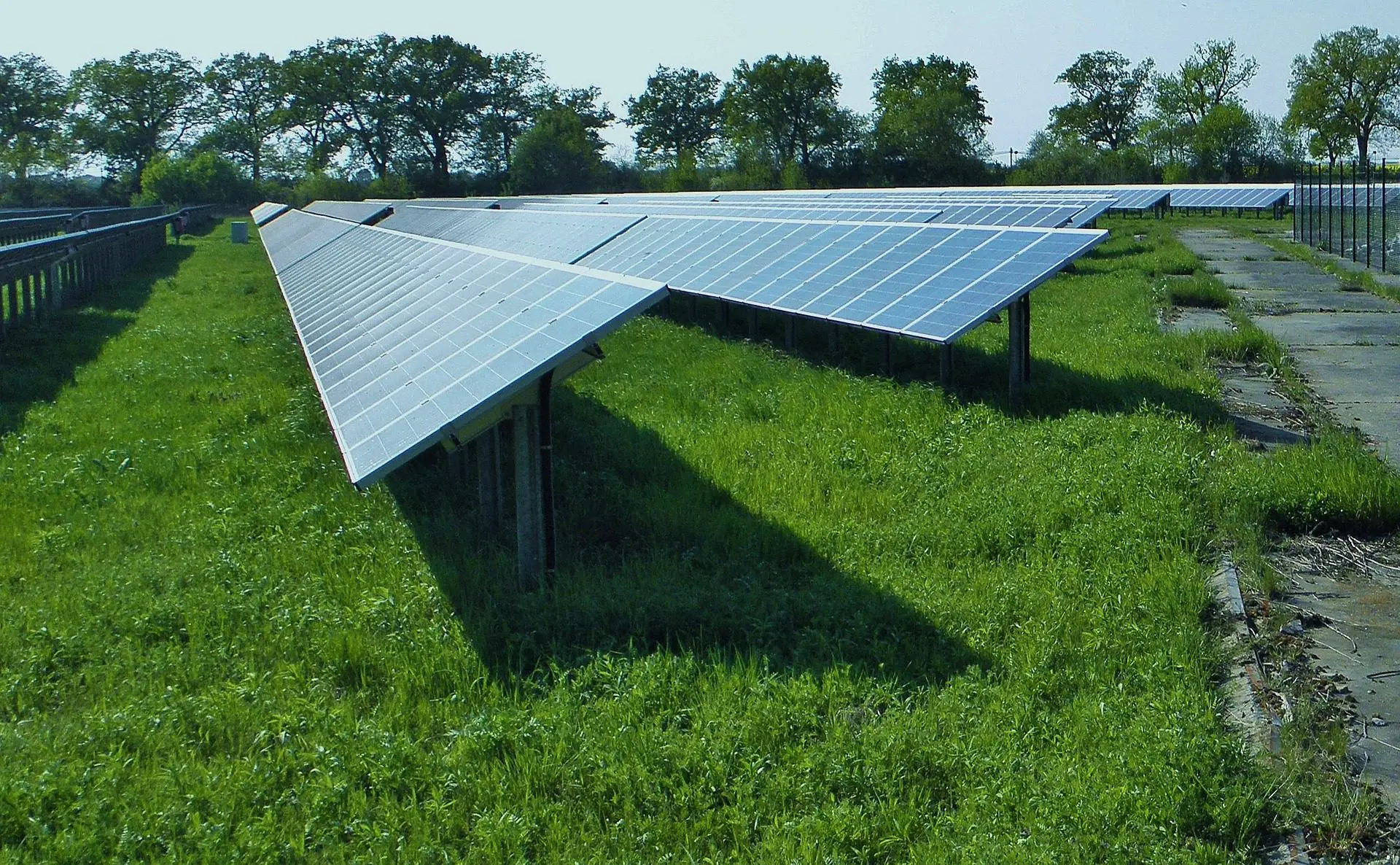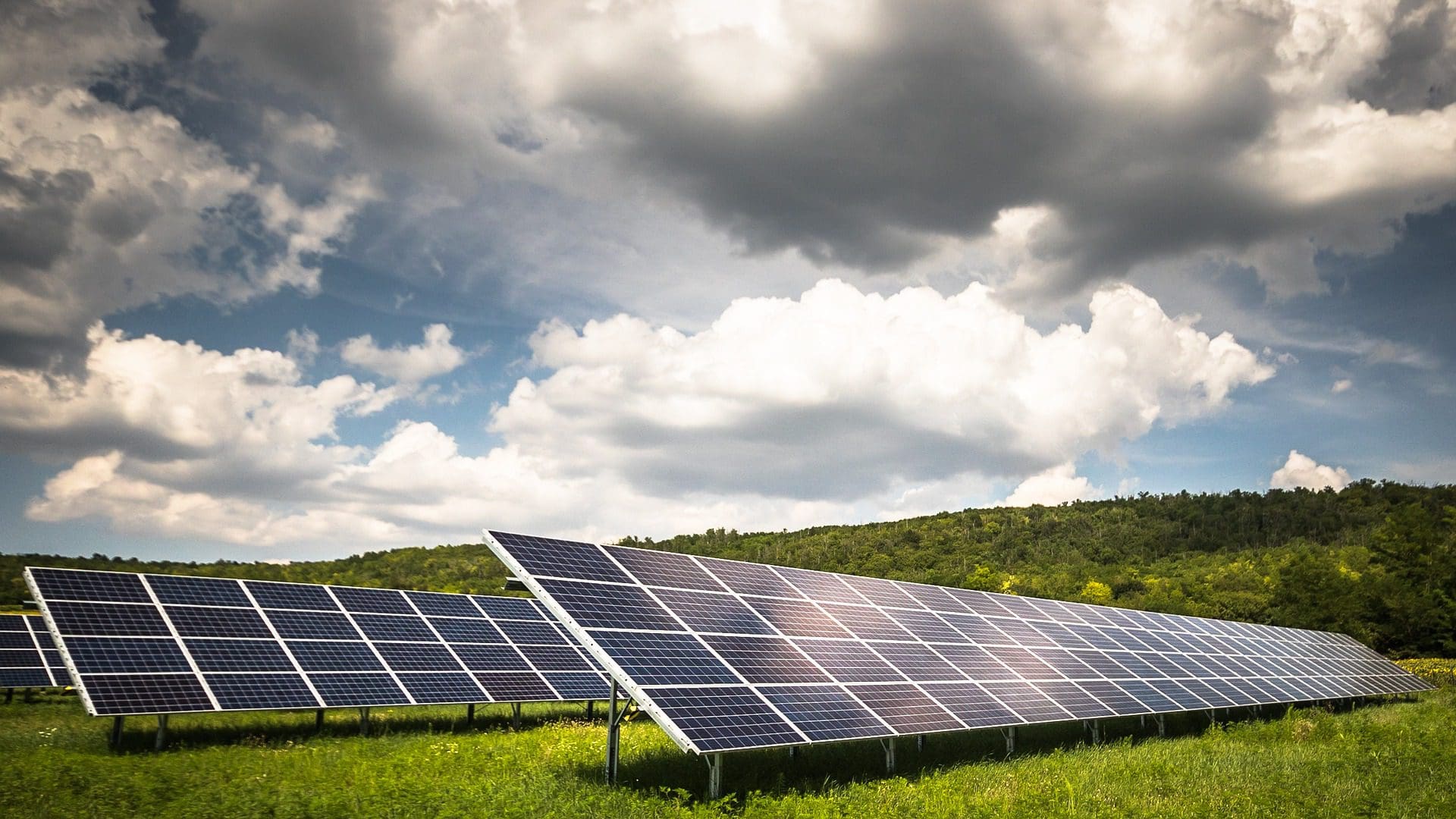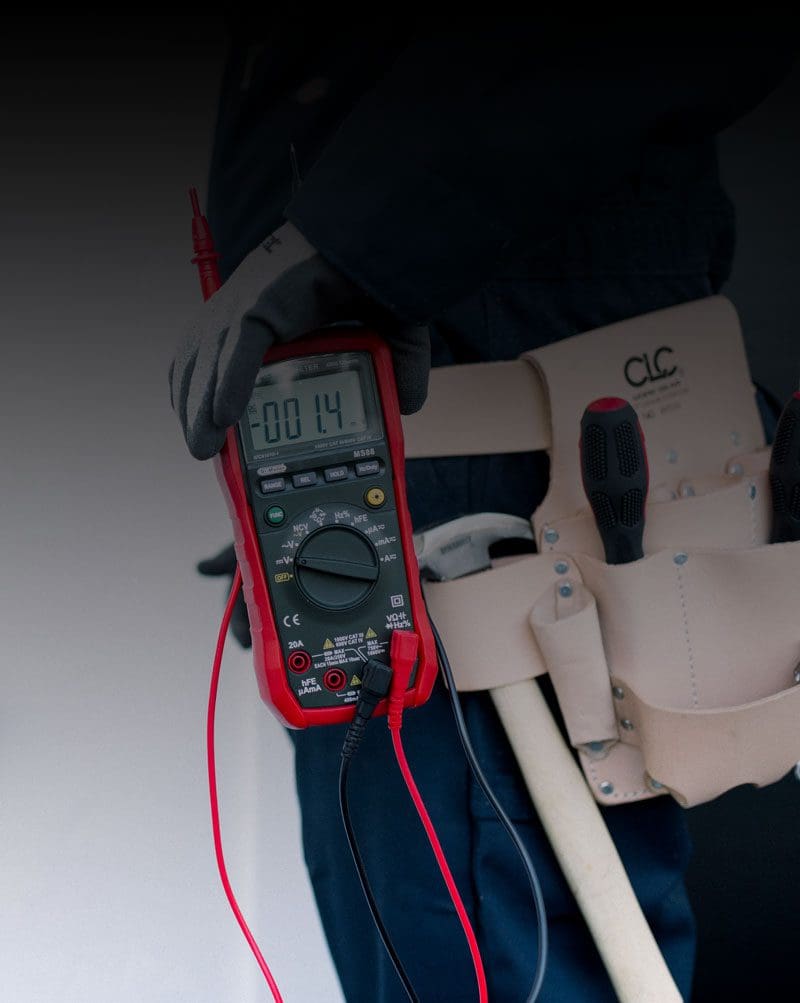Agricultural Solar Panels:
Are agricultural solar panels on arable farmland in the UK profitable?
Is the Sun Setting or Rising on UK Arable Farmland? A Deep Dive into Solar Profitability
The British countryside is a tapestry of rolling hills, hedgerows, and, increasingly, glinting solar panels. As the UK pushes towards its ambitious net-zero targets, the question of whether agricultural solar panels installed on arable farmland are a truly profitable venture for farmers has come to the fore. This article will delve into the financial viability of such projects, comparing them with traditional arable farming, outlining the mechanisms for selling electricity, exploring available grants, and addressing critical planning considerations.
Ploughing Through Profits: Arable vs. Solar on 5 Acres
For an average agricultural land area of 5 acres, the profitability comparison between traditional arable production and solar energy generation presents a compelling case for diversification.
Traditional Arable Production (5 acres): Profitability from arable farming can be highly volatile, influenced by weather patterns, global commodity prices, input costs (fertilisers, fuel, labour), and disease. While figures vary significantly depending on the crop, soil quality, and farming practices, industry reports suggest that a typical farm growing cereal crops might expect a profit of around £100-£300 per acre per year. For 5 acres, this translates to an estimated annual profit of £500 – £1,500. This figure often includes direct subsidies, which are undergoing significant reform in the UK. Furthermore, recent years have seen increased frequency of extreme weather events and geopolitical tensions, leading to below-average production and incomes for many farmers.
Exportable Solar Generated Electricity (5 acres): In contrast, solar installations offer a more stable and often significantly higher revenue stream. While the upfront investment is substantial, the long-term lease agreements or direct ownership models can provide guaranteed payments to the landowner. Reports indicate that a long-term lease for a solar installation can provide payments in the region of £800 to £1,000 per acre per year. For a 5-acre plot, this could generate a guaranteed annual income of £4,000 – £5,000.
This stark difference highlights why many farmers are looking towards solar as a vital diversification strategy. Solar offers a reliable income stream, often secured for 25-40 years, providing financial stability in an otherwise unpredictable agricultural landscape. This consistent revenue can help buffer against crop failures, fluctuating market prices, and rising input costs, potentially securing the future of the farm for generations.
Powering Up: Selling Electricity and Guaranteed Price Mechanisms in 2025
Once electricity is generated from agricultural solar panels, it needs to be sold. In the UK, the primary mechanism for selling this surplus electricity back to the grid for small to medium-scale generators is the Smart Export Guarantee (SEG).
How is the Electricity Sold?
- Grid Connection: The first step is to connect the solar PV system to the national grid. This involves securing grid connection agreements with your local Distribution Network Operator (DNO). The cost and complexity of this can vary depending on the size of the installation and existing infrastructure.
- Smart Meter Installation: To accurately measure the amount of electricity exported to the grid, a smart meter is essential.
- SEG Tariff Agreement: Energy suppliers with more than 150,000 domestic customers are mandated to offer SEG tariffs. Farmers enter into a contract with an SEG licensee (an energy supplier) who then pays them for every unit (kWh) of electricity exported.
To Whom is it Sold?
The electricity is sold to licensed electricity suppliers who offer SEG tariffs. It’s crucial for farmers to compare the rates offered by different suppliers, as these can vary significantly. Some suppliers may offer variable rates based on time-of-use or market demand, while others offer flat rates.
Guaranteed Price Mechanisms and Contracts in 2025:
While the Feed-in Tariff (FiT) scheme, which offered long-term guaranteed payments, closed to new applications in 2019, the SEG is the current primary mechanism.
- Smart Export Guarantee (SEG): As of 2025, the SEG continues to be the main avenue for farmers to earn from exported solar electricity. Unlike the FiT, SEG rates are set by individual energy suppliers, not the government, and are typically guaranteed for one year. While rates can fluctuate, some suppliers in late 2024 were offering up to 30.31p per kWh for peak-hour exports, particularly for systems with battery storage. This highlights the importance of choosing the right tariff and potentially integrating battery storage to maximise earnings by exporting during periods of high demand.
- Power Purchase Agreements (PPAs): For larger-scale solar farm projects (often exceeding what a 5-acre plot might typically host, but worth noting for context), direct Power Purchase Agreements (PPAs) with corporate buyers are becoming increasingly prevalent. These are long-term contracts (e.g., 10-15 years) where a company agrees to purchase electricity directly from the solar generator at a pre-agreed price, providing greater price certainty and stability.
Funding the Future: Government Grants in 2025
The UK government is actively promoting renewable energy adoption, and several grants are available to farmers for the installation of agricultural solar panels on arable land.
- Farming Equipment and Technology Fund (FETF) 2025: This fund is a key source of support. It offers grants for equipment, technology, and small infrastructure to boost productivity and efficiency. While it encompasses various items, solar PV equipment falls under the ‘Productivity’ theme.
- Grant Value: Grants range from £1,000 to a maximum of £25,000 for each theme. The grant pays a percentage of the item’s cost, which varies by item.
- Application Window: For 2025, the FETF opened for applications on May 29th, with a closing date of July 10th. It’s a competitive fund, and applications are scored.
- Likely Duration: The FETF has seen continuous rounds of funding, indicating a sustained commitment to supporting agricultural innovation and sustainability. It’s reasonable to expect similar funds or iterations to continue for the foreseeable future as part of the UK’s Agricultural Transition Plan.
- Primary Criteria:
- Applicants must be farmers, growers, foresters, or their contractors in England.
- The grant is for specific items listed in the guidance, which includes solar PV equipment.
- Applications are more likely to be successful if the Single Business Identifier (SBI) has not claimed more than a total of £10,000 of productivity and slurry management funding from previous FETF rounds (though this only applies if the fund is oversubscribed).
- Projects should align with the fund’s objectives of boosting productivity, improving slurry management, or enhancing animal health and welfare.
- Accelerating Development of Practices and Technologies (ADOPT) Fund: While primarily focused on farmer-led trials and innovation, this fund also presents opportunities for projects involving new technologies like solar that aim to improve productivity, resilience, and sustainability.
- Funding Available: Grants of up to 80% are available for projects ranging from £50,000 to £100,000.
- Application Timeline: Applications were open in Spring 2025, with Round 1 closing on June 11th, and Round 2 beginning on June 12th.
- Criteria: Open to farmers, growers, and foresters in England interested in conducting on-farm trials to test new technologies or practices. Projects should focus on practical trials that generate knowledge for wider adoption.
- Zero VAT on Solar Installations: While not a grant, the government has extended the 0% VAT rate on solar installations for households until March 2027. While specifically for residential properties, this indicates a broader government push to reduce the upfront cost of solar technology. Businesses are also able to claim 100% VAT exemption on energy-saving materials and 100% first-year tax allowance on ECO assets.
Farmers should regularly check the GOV.UK website and consult with agricultural advisors for the latest information on available grants and their specific criteria, as schemes can evolve.
Beyond the Panels: Planning and Other Requirements
The conversion of arable farmland to solar installations raises important planning and land-use considerations, particularly concerning food production.
Planning Requirements:
- Local Planning Authority (LPA) Permission: For most solar farms, planning permission from the Local Planning Authority is required. This applies to solar farms with a generating capacity of less than 50 MW. Larger projects (over 50 MW) are considered Nationally Significant Infrastructure Projects (NSIPs) and require permission from the Secretary of State for the Department of Energy Security and Net Zero.
- Permitted Development Rights: Smaller ground-mounted solar systems or installations under 50 kW may fall under “permitted development” rights, potentially negating the need for a full planning application. However, it’s always advisable to consult with the local planning authority.
- Key Considerations for Planning Applications:
- Site Selection: Ideal sites are typically flat, have high solar irradiance, sturdy soil, and are within 1 mile of overhead electricity cables or an electricity substation. Land quality is a significant factor, with Grade 3b (moderate quality) or Grade 4 (poor quality) agricultural land often preferred to minimise impact on prime food-producing land.
- Environmental Impact Assessment (EIA): For larger solar farms, an EIA is often required to assess potential impacts on wildlife, natural habitats, and the surrounding environment. Measures to support biodiversity, such as planting wildflowers, can strengthen an application.
- Landscape and Visual Impact: The aesthetic impact on the rural landscape is a common concern. Applications need to address the visual impact, considering the sizing, colour, and design of panels.
- Loss of Agricultural Land: This is a contentious issue. While solar farms do occupy land, proponents argue that the land is “borrowed,” as installations can be dismantled at the end of their operational life, allowing the land to revert to agricultural use. Furthermore, practices like agrivoltaics (combining solar with agriculture, e.g., sheep grazing beneath panels) can help mitigate the perceived loss of food production.
- Community Engagement: Developers are increasingly expected to engage with local communities and stakeholders to address concerns and build support for projects.
- Grid Connection: Feasibility studies and grid connection agreements are crucial components of the planning process.
Removal of Arable Farmland from Food Production:
The debate around solar farms and food security is ongoing. While concerns are raised about losing productive agricultural land, several arguments counter this:
- Minimal Land Footprint: Even with ambitious targets for solar expansion, the total land area required for solar farms is a tiny fraction of the UK’s agricultural land. Solar Energy UK suggests that achieving 70GW of installed solar by 2035 would take up less than 1% of UK farmland – significantly less than the land currently occupied by golf courses.
- Climate Change as a Greater Threat: The Department for Environment, Food and Rural Affairs (DEFRA) identifies climate change as the single biggest long-term risk to UK food security, potentially reducing high-grade agricultural land by nearly three-quarters by 2050. Solar farms, by generating clean energy, directly contribute to mitigating climate change, thus indirectly safeguarding future food production.
- Agrivoltaics and Dual Use: As mentioned, many solar farms are designed to allow continued agricultural activity, such as sheep grazing, beneath and between panels. This “agrivoltaics” approach enables dual land use, maintaining a level of food production while generating renewable energy. Some studies even suggest benefits like increased grass growth due to shade and improved water retention.
- Soil Health Recovery: Land under solar panels can effectively be left fallow for the duration of the installation, potentially allowing soil health to recover and improve.
Conclusion
In conclusion, for many UK arable farmers, installing solar panels on a portion of their land offers a unique and compelling path to profitability and long-term financial security. While careful planning, understanding market mechanisms like the SEG, and leveraging available government grants are essential, the reliable income stream from solar electricity often outweighs the volatile returns of traditional crop production. Moreover, with the increasing adoption of agrivoltaics and a growing understanding of solar’s role in mitigating climate change, the narrative around solar farms on farmland is shifting from a conflict with food security to a synergistic partnership for a sustainable future. The sun, it seems, is indeed rising on agricultural solar in the UK.
Our Services
Commercial Solar Panels
We have designed and installed high yield commercial solar panel systems for many clients. We can provide all design and payback calculations and ongoing maintenance.
Agricultural Solar Panels
We have many years experience designing and installing agricultural solar panel systems for farm businesses and saving them huge costs on electrical energy.
Residential Solar Panels
Our design and solar panel installation engineers have over a decade of experience installing and maintaining solar PV systems for residential customers across the UK
Electrical Contractors
We are NICEIC registered electrical contractors and members of the Electrical Contractors Association for all industrial, commercial and residential electrical services including testing, inspection and compliance services.
Mechanical Services
We offer M&E design, calculation, estimation and full fit-out, installation and maintenance services to commercial clients. We also provide contract maintenance and building compliance and testing services
Solar Renewables
We are MCS and RECC registered solar panel installers for all commercial and residential solar panel installations including ground arrays and roof mounted PV systems and battery storage configurations.
EV Home Chargers
We fit all makes, models and types of EV Chargers for residential customers. We are Office for Zero Emission Vehicles (OZEV) authorised installers.
EV Workplace Chargers
We can undertake all required aspects of commercial EV charging point installation, from initial design and consultation to servicing and on-going maintenance.
Gas Boiler Engineers
We are Gas Safe Registered and undertake boiler installation, servicing and all gas safety checks for landlords and residential customers.
Solar Panel Installer
Photovoltaic Systems generate no greenhouse gases, a typical domestic system can save approximately 1.2 tonnes of carbon dioxide emissions per year – adding up to almost 30 tonnes over a system’s lifetime.
Our design and solar panel installation engineers have many years experience installing solar PV systems for industrial and commercial clients.
Contact Us
Solar Panel Enquiry
Address
Keighley, West Yorkshire
BD21 4PF
UK
What3Words
What3Words:///clocks.decide.pokers
Phone
Keighley: 01535 687010 Skipton: 01756 793039




